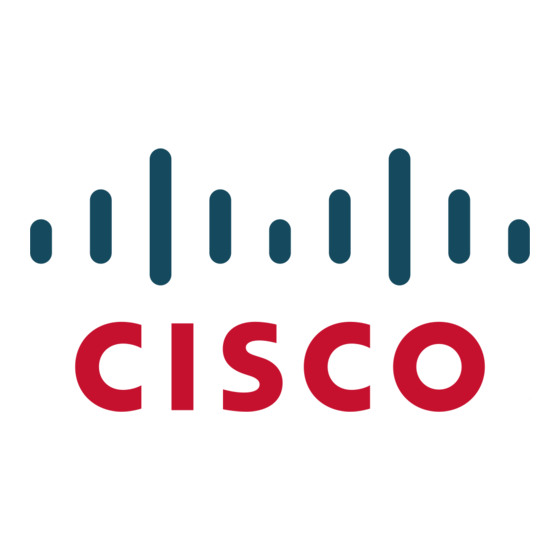Features
Buttons
Display
LED
Protocol support
Cisco Compatible Extensions
Extensible language
Codec support
Configuration options
Network features
Security features
Provisioning and management
© 2009-2011 Cisco Systems, Inc. All rights reserved. This document is Cisco Public Information.
Description
● Multilevel precedence and preemption (MLPP)
● Music on hold
● Mute
● Network profiles (automatic)
● On- and off-network distinctive ringing
● OPickUp
● Personal directory
● Predialing before sending
● Privacy
● Quality report tool (QRT)
● Redial
● Ring tone per line appearance
● Service URL
● Shared line
● Time and date display
● Transfer
● Two softkey buttons to access screen-based applications, features, and functions
● Application button that can support push-to-talk using XML
● Mute
● Speakerphone
● Five-way navigation support
● Volume control
● Send button and Power/End button
2-in. (5-cm) color display with 176- x 220-pixel resolution
Ring, message waiting, and charging LED
● Skinny Client Control Protocol (SCCP)
● Cisco Unified Communications Manager Versions 4.1, 4.2, 4.3, 5.1, 6.0, 6.1, 7.0, and later
● Cisco Unified Communications Manager Express Version 4.3 and later
● Cisco Unified Survivable Remote Site Telephony (SRST) Version 4.3 and later
Cisco Compatible Extensions Version 4
XML
G.711a, G.711u, G.729a, G.729ab, G.722, and Internet Low Bitrate Codec (iLBC) audio-compression codecs
● Dynamic Host Configuration Protocol (DHCP) client or static configuration
● Support for online firmware upgrades using Trivial File Transfer Protocol (TFTP)
● Domain Name System (DNS)
● Cisco Discovery Protocol
● Transparent secure roaming
● Provisioning of network parameters through DHCP
● Certificates
● Image authentication
● Device authentication
● File authentication
● Signaling authentication
● Secure Cisco Unified SRST
● Media encryption using Secure Real-Time Transport Protocol (SRTP)
● Signaling encryption using Transport Layer Security (TLS) Protocol
● Certificate authority proxy function (CAPF)
● Secure profiles
● Encrypted configuration files
Cryptography is not enabled by default and may only be enabled through a cryptographically enabled CUCM.
● Web server for configuration and statistics
● Capability to disable local phone settings
● Quality-of-service (QoS) reporting: Jitter, delay, dropped packets, and latency on a per-call basis
● Real-Time Control Protocol (RTCP) support and monitoring
● Syslog
● Wavelink Avalanche (http://www.wavelink.com)
Data Sheet
Page 3 of 8

